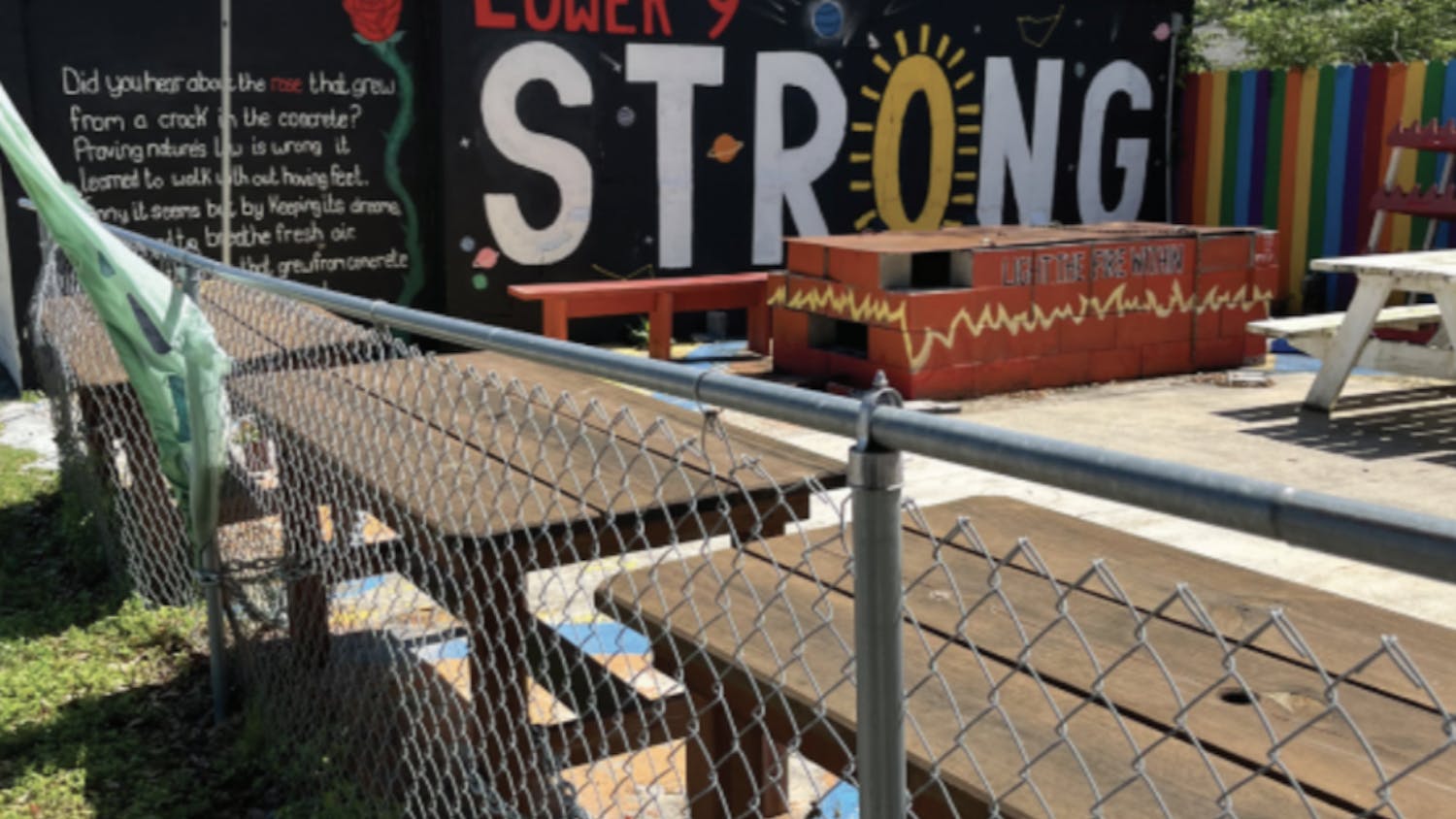Author: Students of HARC 0228
The exhibition "Resonance from the Past: African Art from the New Orleans Museum of Art" at the Middlebury Museum of Art set the framework for a course this semester that included students from diverse academic backgrounds ranging from art history to physics. Since the exhibition opened in September, class participants in History of Art and Architecture 228: African Art, Museums and the Politics of Representation have been introduced to African art and had the opportunity to engage in a critical examination of traditional approaches to the study of non-western art. A review of the exhibition in The Middlebury Campus ("Tribal sculpture show shifts African bias," Sept. 19) provoked a stimulating discussion session for the class, which inspired students to contribute this commentary to the newspaper. We seek to contribute our newly informed perspective, incorporating responses of students who have been actively studying both this specific exhibition and the representation of African cultures in general.
The title of the review, "Tribal sculpture show shifts African bias," was a point of contention in our discussion, since many of us felt that this headline in and of itself reflected inherent biases about the nature of the objects featured in the exhibition. As we have discovered in our engagement with western scholarship on this topic, certain words carry with them the cultural baggage of a western mindset and its colonial legacy, the term "tribal" being foremost among them. As one student in our class, a molecular biology and biochemistry major, stated: "The frequent use of the word 'tribe' is distressing to me as this word has certain connotations that are associated with 'primitive' and 'traditional' words that historians have been hesitant to use for years." Moreover, this terminology misrepresents cultures in the exhibition such as the Benin kingdom, a society with a centralized government that created magnificent bronze castings in the lost-wax technique that predated the Italian Renaissance.
Indeed terms such as "primitive" and "simplistic" carry with them negative connotations and are thus problematic. The danger here is that such terms convey misperceptions about both the objects and the cultures in which they were produced, encouraging prejudices before one actually sees the works. Even attempts to counter these stereotypes with words like "sophisticated" can backfire; their repeated usage may come across as a defensive stance.
Since the colonial era, exhibiting the work of another culture has been full of contradictions for western institutions. Such objects were largely considered ethnographic artifacts - not art-objects - historically employed to highlight the difference or 'exoticism' of indigenous peoples. An architectural studies major raises the question as to "whether Western art historical constructs can be sufficient as a framework in which to understand African art." He concludes that "these issues fundamentally complicate the process of displaying African art in any traditional museum setting." These are issues with which we have been grappling throughout the semester, especially in the development of our own proposals for alternative exhibition models.
The exhibition "Resonance from the Past" and the open dialogue sparked by this paper's initial review provided valuable opportunities for exploring these important issues. It is our hope that our comments will remind viewers to be conscious of the way in which we look at art, indeed of the lens through which we look at the world. As all of us come to an exhibition with our respective cultural biases, so we should leave having reconsidered how what we bring ultimately influences what we see. With these thoughts in mind, we encourage everyone in the Middlebury community to take advantage of this opportunity to see masterful objects from western Africa before the exhibition closes on December 9.
op-ed Misrepresentation of African Art
Comments



